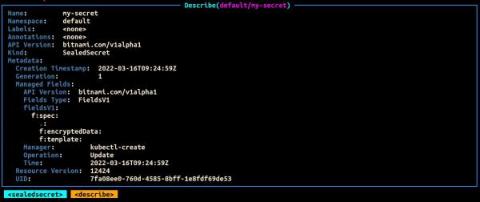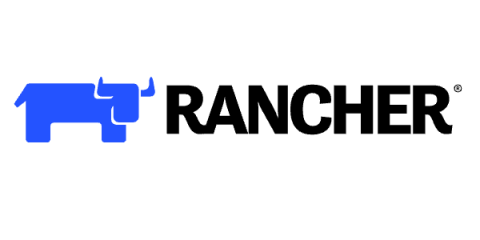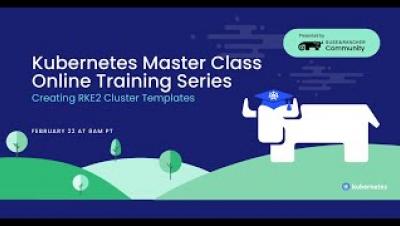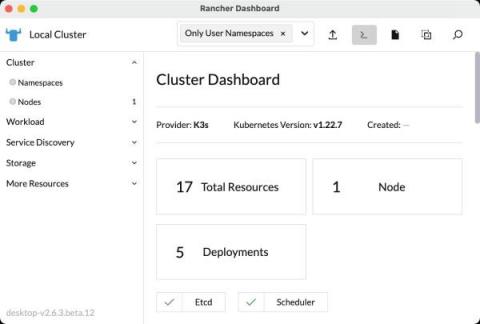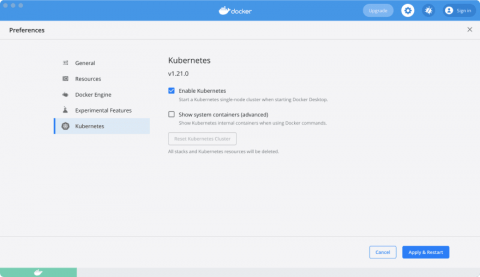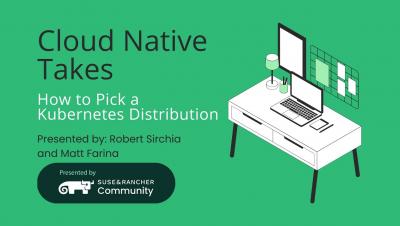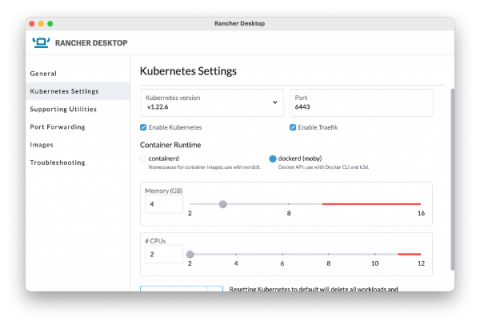Managing Sensitive Data in Kubernetes with Sealed Secrets and External Secrets Operator (ESO)
Having multiple environments that can be dynamically configured has become akin to modern software development. This is especially true in an enterprise context where the software release cycles typically consist of separate compute environments like dev, stage and production. These environments are usually distinguished by data that drives the specific behavior of the application.


